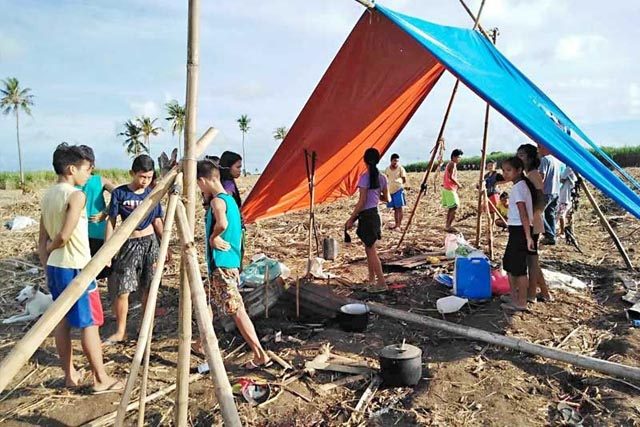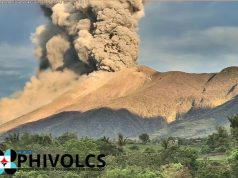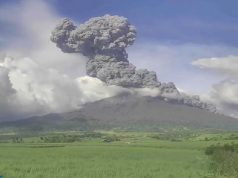
The killing of nine sugarcane workers in Sagay City Negros Occidental has been met with the outrage of those who fight for peasants and farmers’ rights.
The victims, identified as Eglicerio Villegas, Angelife Arsenal, a certain alias Pater, Dodong Laurencio, Morena Mendoza, Necnec Dumaguit, Bing Bing Bantigue, and minors Joemarie Ughayon and Marchtel Sumicad, are believed to have been shot at by at least 40 armed men while they were resting in a makeshift tent set up on Hacienda Nene, farm owned by a certain Carmen Tolentino on Saturday night.
Some of the corpses were found shot in the head while at least three were also burned.
The nine deceased as well as the two survivors are members of the National Federation of Sugarcane Workers.
Survivor Danilo Canete in a radio interview in Negros said that they were resting when they were shot.
Scene of the Crime Operatives believe that at least five to seven armed men were behind the killing. Empty shells from M-16 rifles and .45 pistols as well as food items and cellphones were found.
Some consider the massacre in Sagay as one of the most shocking human rights atrocities the country has seen.
escalante
mendiola
luisita
kidapawan
sagayremember the places. remember the martyrs. they will not be written down in history books, but the people will remember. our collective memory will bring justice to the oppressed. our collective action will bring down the tyrants.
— mao than words (@whatwouldmaodo) October 21, 2018
PEASANT MONTH PA NAMAN! #StopTheKillings #JusticeForSagay9
9 farmers, some women and minors, were killed today in a strafing accident at Sagay City. The farmers were conducting land cultivationto assert for land, food, and peace.
THIS IS JUST PLAIN MASSACRE! HERE'S WHY: pic.twitter.com/wVELstgbTx
— Mackie (@mackierolls) October 21, 2018
Some groups have argued that the land where the victims were staying was occupied as a “land cultivation area” or “bungkalan” a known practice by members of the NFSW where they enter idled lands or undistributed land under the Agrarian Reform Law in preparation of “Tiempo Muerto” or the dead season in farming when most crops do not grow.
INFOGRAPHICS | The Redtagging that led to the Sagay 9 Massacre
Contrary to AFP's propaganda against peasants, bungkalan or land cultivating areas (LCAs) are meant to ward off the inevitable hunger due to Tiempo Muerto! #StopKillingFarmers #JusticeforSagay9 #DefendBungkalan pic.twitter.com/LDmLCRbq9v
— GABRIELA Cebu (@gabrielacebu) October 21, 2018
Sagay City Police Chief Inspector Roberto Mansuelto in reports said that he had received information that a Notice of Coverage had already been issued to subject the area in question under the Comprehensive Agrarian Reform Program. Police, however, found that the DAR had yet to issue a Certificate of Land Ownership Award to beneficiaries.
Agrarian Reform Secretary John Castriciones at a press conference on Monday said that there may have been a dispute between the sugarcane workers and the landowners.
He added that land occupation is against the CARP Law.
A special task force has been put together by the DAR to investigate the incident.
Negros Occidental Gov. Alfredo Marañon Jr. and Sagay City Mayor Alfredo Marañon III have both offered P250,000 to those will provide information leading to the capture of the perpetrators.
The owner of the land where the incident took place has not been asked for comment as of this writing.
Killings continue
The shooting in Sagay is the largest attack on agricultural workers since the April 2016 Kidapawan Massacre, when two farmers were killed and hundreds more were injured during the violent dispersal of a rally held by 6,000 farmers.
The Philippines has been considered one of the most dangerous places for rural workers in recent years. According to human rights group Karapatan, 68 farmers were killed in 2016 alone.
The killings do not receive focused mainstream coverage as they normally take place in provinces far from the metropolis, according to rights groups.
The Kilusang Magbubukid ng Pilipinas in March 2017 said that at least one farmer in the Philippines was killed every two days.
Negros Occidental was previously the site of one of the biggest massacres in recent history.
In September 1985, police and paramilitary forces opened fire on groups of civilians, clergy members, laborers and farmers protesting against the regime of the late Ferdinand Marcos in the town of Escalante.
At least 20 people were killed and 30 were injured in what would be known as the “Escalante Massacre.”









